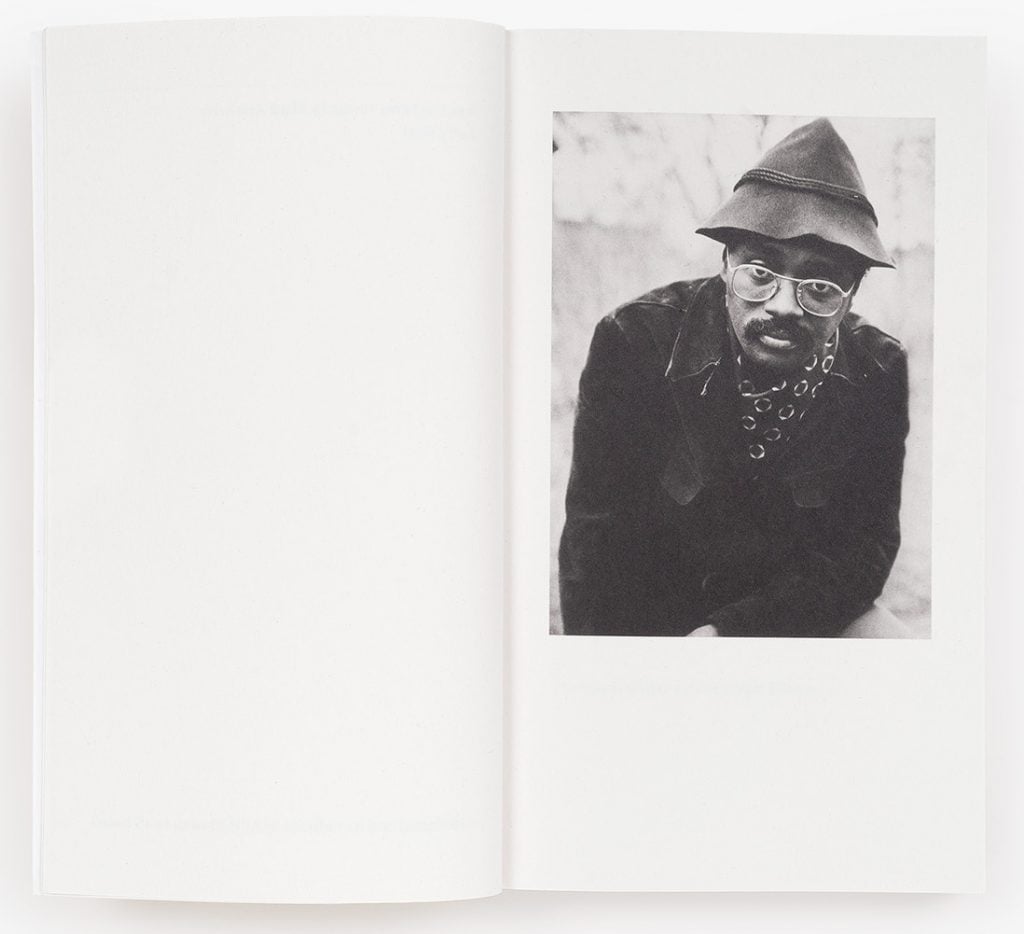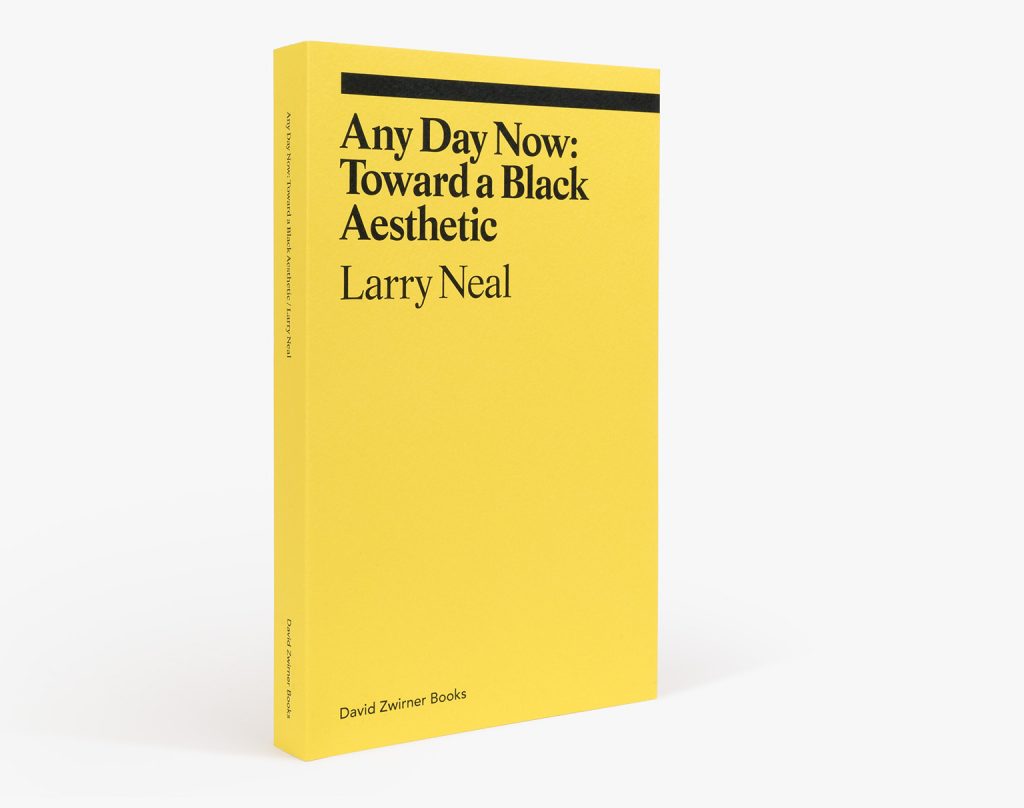Books
How Influential Critic Larry Neal Powered the Black Arts Movement
A new book collates the writer's essays on Black art and Black liberation.

A forthcoming publication focuses on Larry Neal, a critic who was closely connected to the Black Arts Movement in New York and Chicago, and helped to bring attention to artists, writers, playwrights and other Black creators in the 1960s and 70s.
Any Day Now: Toward a Black Aesthetic: Larry Neal, selected and edited by Allie Biswas and published as part of David Zwirner Books’s “ekphrasis” series, includes the writer’s essays on Black art and Black liberation; the Black Arts Movement; and Black aesthetics, along with essays on other cultural figures such as James Baldwin, Ralph Ellison, and LeRoi Jones.
“As a highly influential critic, he played a major role in the development of the Black Arts Movement in the 1960s and 1970s,” said Biswas, “writing articles on literature, drama, and music, as well as the social and political climate of the day.”
His work appeared in publications like Black Review and Negro Digest (later renamed Black World), as well as broader titles such as the New York Times. He was a staff writer at Liberator from 1964 to 1966, a position Biswas called “his most important appointment,” and was arts editor at the same publication for much of 1966.

Any Day Now: Toward a Black Aesthetic, 2024, published by David Zwirner Books. Courtesy David Zwirner Books.
Neal’s interactions with visual artists were key. A conversation with the painter Joe Overstreet, in fact, articulated the basis of his thinking as early as 1965. In “The Black Revolution in Art”, featured in the October 1965 issue of Liberator, Neal asserted that “one problem the Black artist faces is that of evolving new uses of Western forms. Many of them are working within frameworks that are particularly limiting and have little to do with the manner in which Black people experience life.”
“Neal was interested in the ideas of Africobra, a group of artists based in Chicago that formed in 1968 under the leadership of Jeff Donaldson,” said Biswas. “The relationship was mutual: Africobra had been informed by Neal’s work. Their ambition was to develop an aesthetic that would ‘preach positivity to the people’ as their official manifesto put it, using ‘kool-aid colors’ and the human figure.”
“In 1979, Neal wrote a text for a catalogue that was published on the occasion of Africobra’s exhibition at Miami University in Ohio,” she added. “He describes the images created by Africobra, most of whom were painters, as representing ‘the visual narrative of a Nation asserting its artistic consciousness’ before stating, ‘Here we enter a world where the connection between music and color become vividly manifested.’”
A Black aesthetic, Neal felt, would allow Black people to shed what W.E.B. DuBois had referred to as a “double consciousness,” in which African-Americans always saw themselves split in two, “always looking at one’s self through the eyes of others”. It would require, however, a “radical reordering of the Western cultural aesthetic.”
There is more work to be done in plumbing Neal’s relationship with the art world, Biswas pointed out.
“The Schomburg Center in Harlem holds notes that Neal made on [poet, musician, and painter] Ted Joans between 1971 and 1975, which I think shows that his interest was serious and well established,” Biswas explained. “Similarly, the archive confirms that Neal interviewed James Van Der Zee and his wife Donna Mussenden and also wrote on Dawoud Bey. So, he was certainly aware of and engaged with artists from all disciplines […] All of these writings remain unpublished.”





